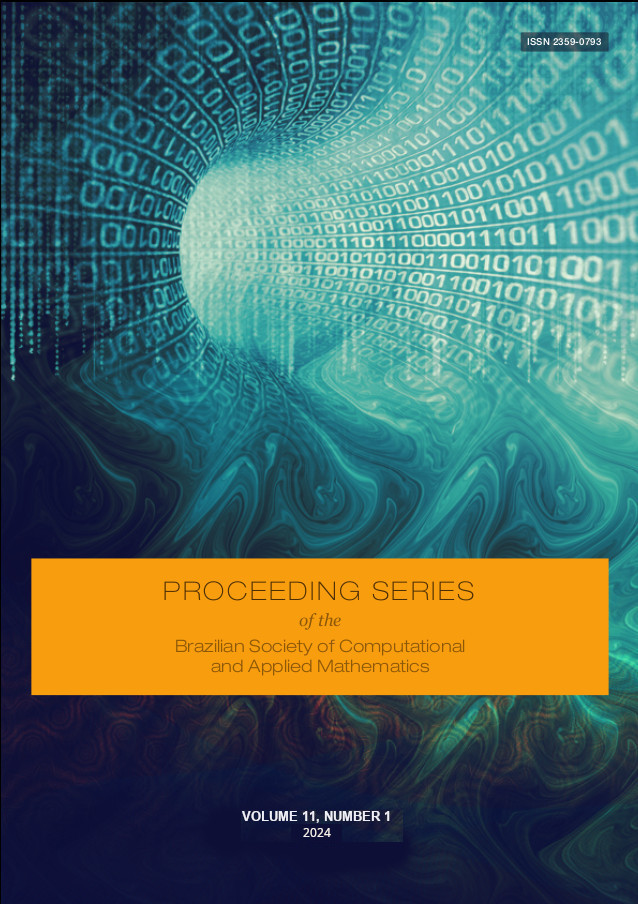Comparison of Machine Learning Models for Porosity Prediction
Keywords:
Porosity prediction, Machine learning, Seismic inversion, Rock physics models, Petroleum explorationAbstract
In petroleum exploration research, a primary objective is to efficiently assess whether a petroleum reservoir exists in a particular region using minimal resources. Given the significant costs and labor involved in drilling exploration wells, it is imperative to seek ways to minimize these efforts by predicting as much as possible about the properties of sediment layers and reservoirs in the target area. Seismic inversion is a technique used in geophysics and petroleum exploration to estimate the properties of subsurface rock formations based on seismic data. Seismic data are collected by sending acoustic waves into the earth and recording the reflections that bounce back. These reflections provide information about the various layers of rock underground. Seismic reflections can be modelled by the convolution of the reflection coefficients and the seismic wavelet. In this work, we study rock physics models to estimate porosity based on elastic properties: velocities vp and vs and density ρ of the different geological layers. The models are derived from a dataset provided by ANP (Brazilian National Agency of Petroleum) of real wells from Buzios oil field.
Downloads
References
D. Grana, T. Mukerji, and P. Doyen. Seismic reservoir modeling: Theory, examples, and algorithms. John Wiley & Sons, 2021. ISBN: 9781119086185.
G. Ke, Q. Meng, T. Finley, T. Wang, W. Chen, W. Ma, Q. Ye, and T. Liu. “LightGBM: a highly efficient gradient boosting decision tree”. In: Proceedings of the 31st International Conference on Neural Information Processing Systems. NIPS’17. Long Beach, California, USA: Curran Associates Inc., 2017, pp. 3149–3157. ISBN: 9781510860964.
C. Zou, L. Zhao, F. Hong, Y. Wang, Y. Chen, and J. Geng. “A comparison of machine learning methods to predict porosity in carbonate reservoirs from seismic-derived elastic properties”. In: Geophysics 88.2 (Mar. 2023), B101–B120. ISSN: 0016-8033. DOI: 10.1190/geo2021-0342.1.

